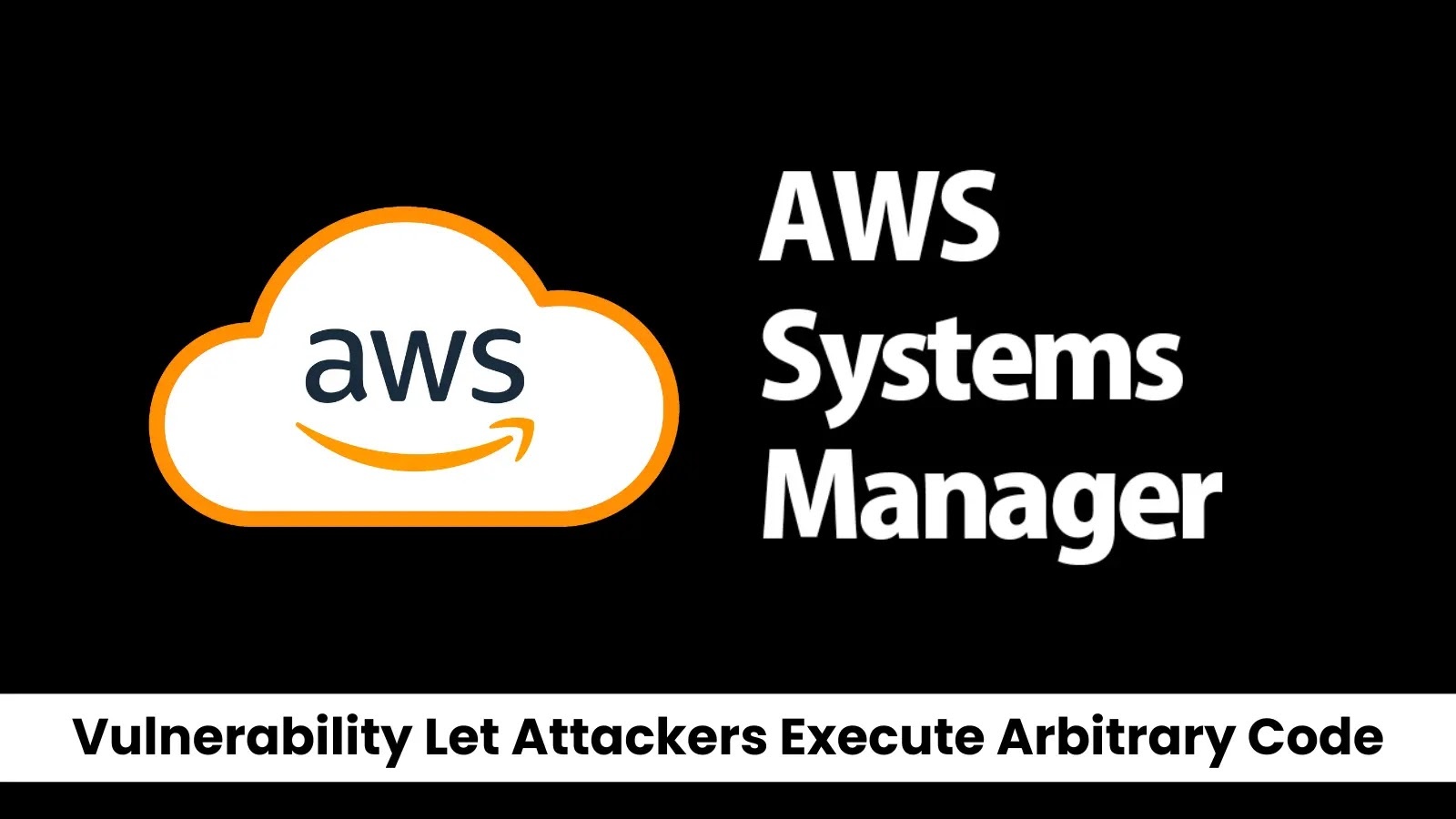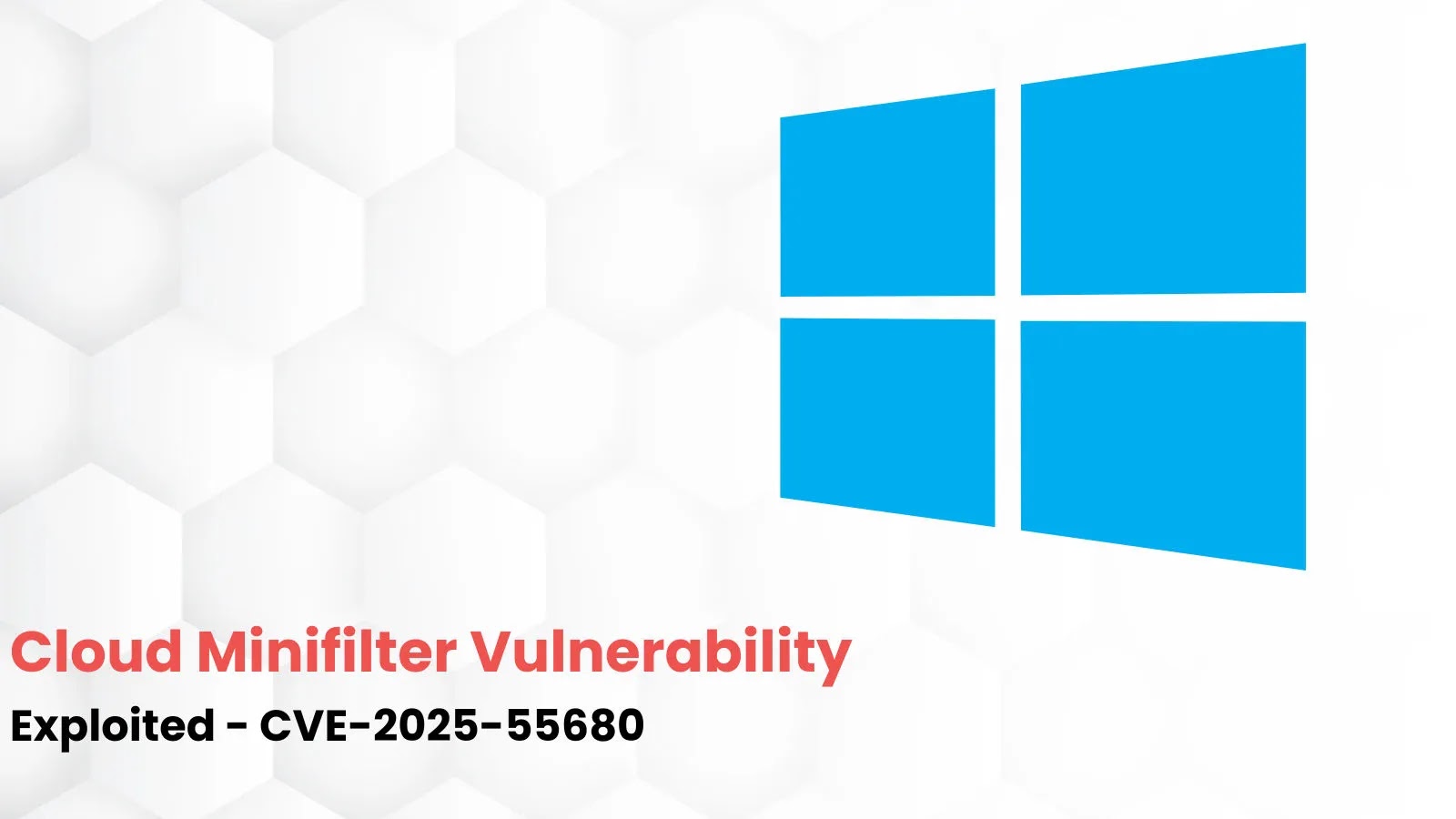A significant security flaw has been identified in the AWS Systems Manager (SSM) Agent, potentially enabling attackers to execute arbitrary code with elevated privileges. This vulnerability, rooted in improper input validation within the `ValidatePluginId` function, affects a fundamental component used to manage Amazon EC2 instances and on-premises servers across AWS environments globally.
Understanding the AWS Systems Manager Plugin Vulnerability
The core of this vulnerability lies in the `ValidatePluginId` function found in the `pluginutil.go` file within the official AWS SSM Agent GitHub repository. This function inadequately sanitizes user inputs for plugin IDs, allowing malicious actors to incorporate path traversal sequences such as `../` into the plugin ID. This oversight can lead to unauthorized file creation and script execution with root privileges.
Technical Breakdown of the Exploit
The SSM Agent is integral for remotely managing and configuring EC2 instances and on-premises servers. It processes commands defined in SSM Documents, typically written in JSON or YAML, which include instructions for various system tasks. During execution, the SSM Agent dynamically creates directories and files based on the provided plugin IDs.
The vulnerability arises from insufficient validation, permitting attackers to manipulate these plugin IDs. This manipulation can result in the creation of directories in unintended locations and the execution of scripts with elevated privileges. For instance, an attacker could set the plugin name in an SSM document to a path traversal string like `../../../../../../malicious_directory`. When this document is executed, the SSM Agent erroneously creates directories in unintended locations, such as the `/tmp` directory.
The execution path follows this pattern:
“`
/var/lib/amazon/ssm/i-
“`
This resolves to a location where a `_script.sh` file is generated and executed with root privileges, potentially enabling privilege escalation and system compromise.
Potential Impact of the Vulnerability
Successful exploitation of this vulnerability could allow attackers to:
– Create directories in unintended locations.
– Execute arbitrary scripts with root privileges.
– Escalate privileges by writing files to sensitive areas of the system.
Such actions could lead to unauthorized access, data breaches, and complete system compromise, posing significant risks to organizations relying on AWS infrastructure.
Mitigation and Remediation Steps
Upon responsible disclosure of the vulnerability on February 12, 2025, AWS promptly addressed the issue by releasing Amazon SSM Agent version 3.3.1957.0 on March 5, 2025. The release notes state: Add and use BuildSafePath method to prevent path traversal in the orchestration directory.
To mitigate the risks associated with this vulnerability, security experts recommend the following actions:
1. Immediate Update: Ensure that all instances running the SSM Agent are updated to the latest version (3.3.1957.0 or later) to incorporate the security patch.
2. Strict Input Validation: Implement rigorous input validation for plugin IDs to prevent the inclusion of path traversal sequences.
3. Avoid Malicious Inputs: Refrain from using inputs containing path traversal patterns in SSM Documents.
4. Utilize Secure Methods: Employ secure methods like `BuildSafePath` to safely resolve directory paths and prevent unauthorized access.
Broader Implications and Security Best Practices
This vulnerability underscores the importance of robust input validation and the need for continuous monitoring of cloud infrastructure. Even well-established cloud platforms like AWS are not immune to sophisticated attacks. Organizations should adopt comprehensive security measures, including:
– Regular Updates: Keep all software components up to date to benefit from the latest security patches and features.
– Least Privilege Access: Implement the principle of least privilege to limit user and system access to only what is necessary for their roles.
– Monitoring and Auditing: Continuously monitor systems for unusual activities and conduct regular audits to detect and respond to potential security incidents promptly.
– Security Training: Educate staff about security best practices and the importance of vigilance in identifying and reporting potential threats.
Conclusion
The discovery of this critical vulnerability in the AWS Systems Manager Plugin serves as a stark reminder of the ever-present security challenges in cloud computing. Organizations must remain proactive in their security practices, ensuring that vulnerabilities are promptly addressed and that systems are fortified against potential exploitation. By adhering to recommended mitigation strategies and maintaining a culture of security awareness, businesses can safeguard their cloud environments against emerging threats.



